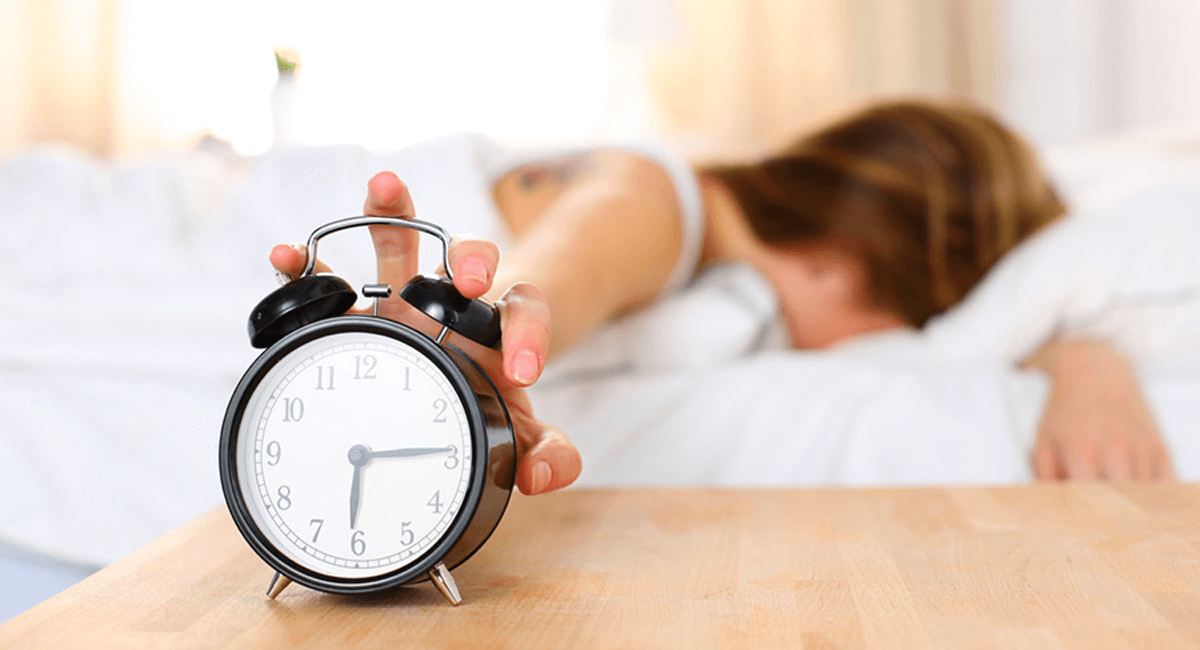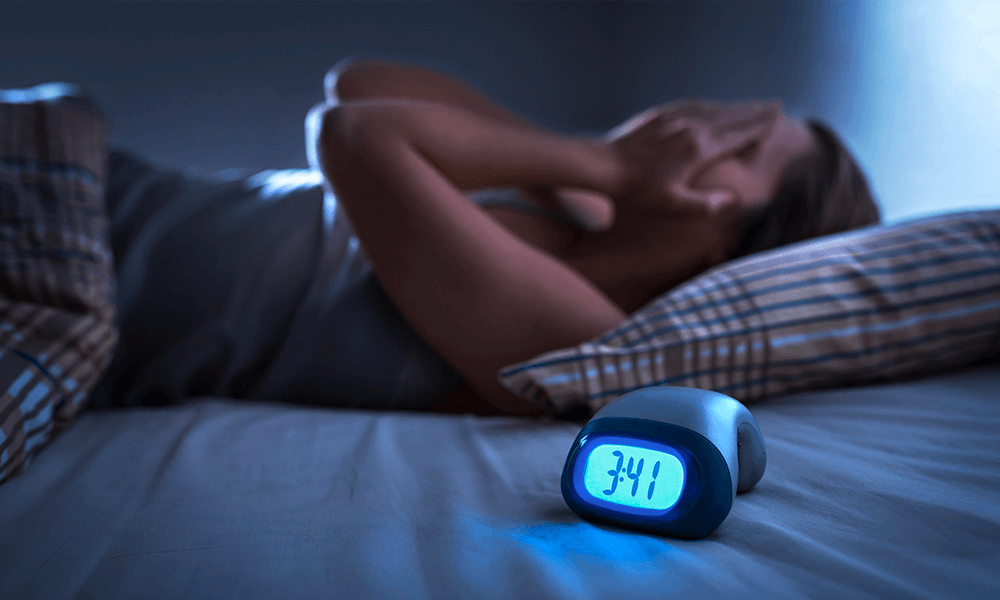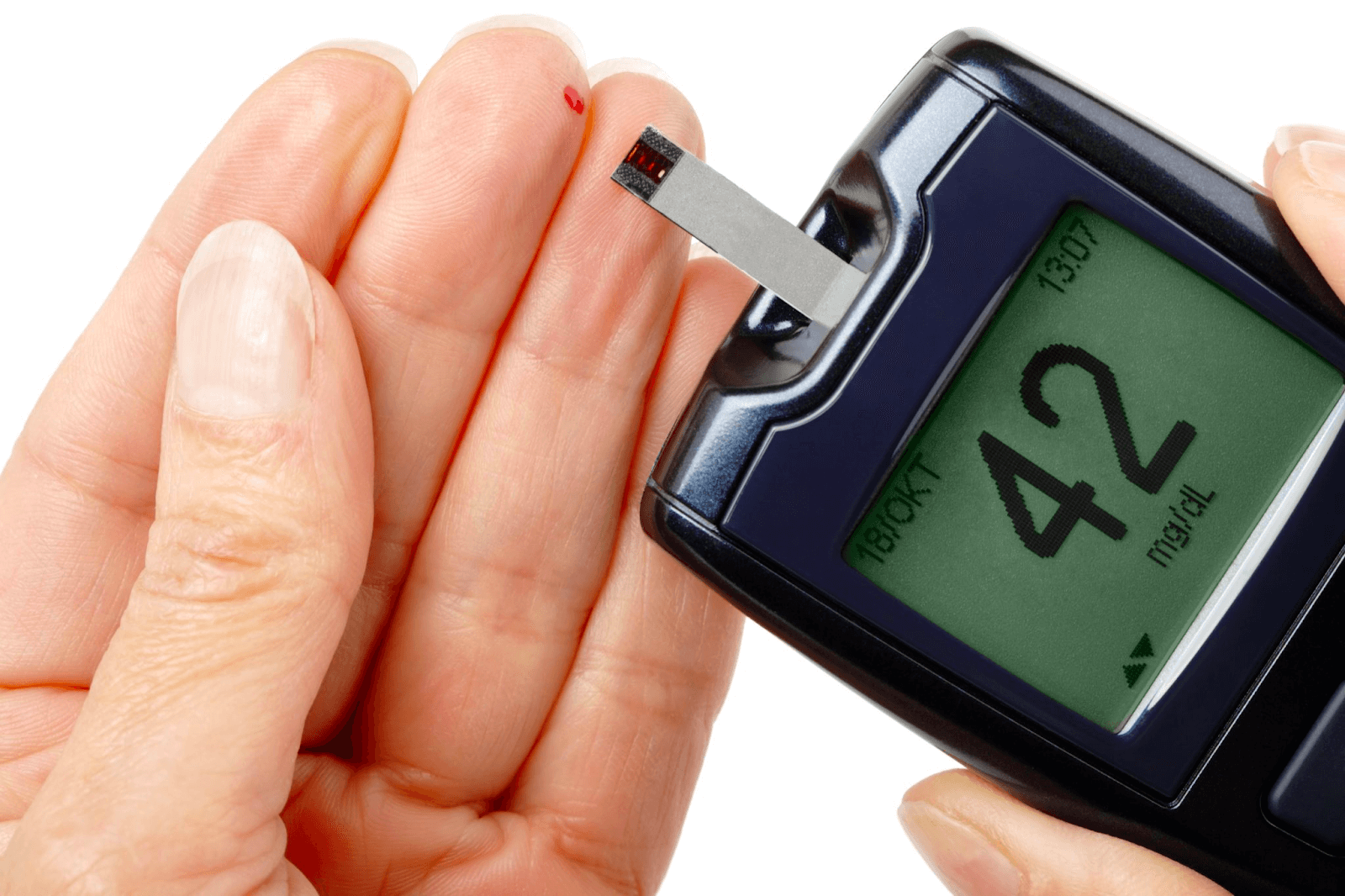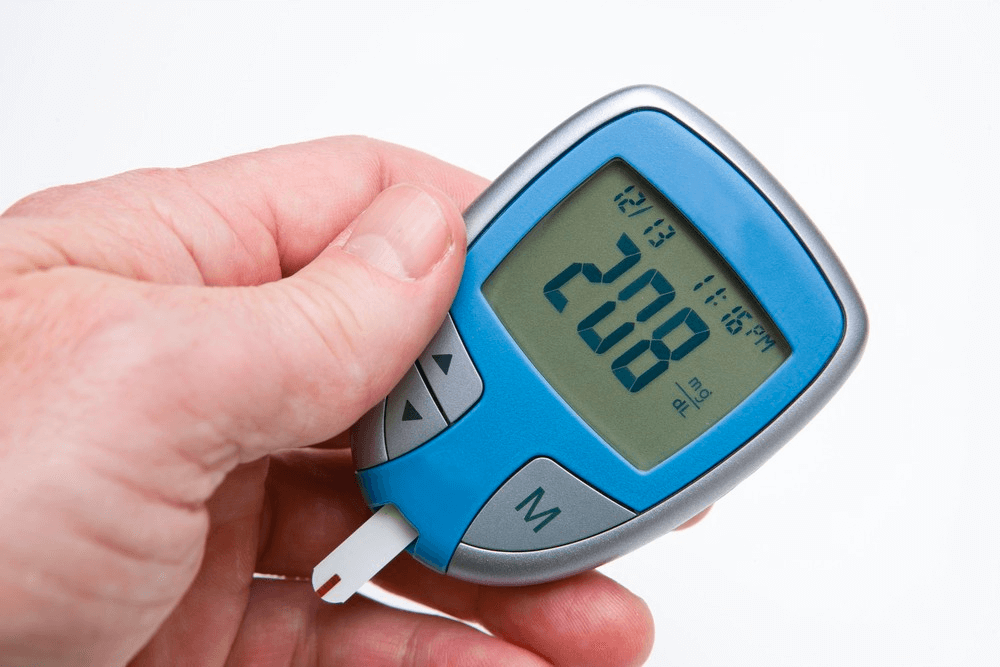The medical field has natural and synthetic remedies for practically every ailment, and good sleep is considered one of the most appropriate natural remedies for the majority. Quality sleep measures how long a person rests and how well the body system is revived after.
Sleep can never be overrated, as it’s synonymous with the natural workings of the human system. The National Sleep Foundation recommends adequate sleep for proper body functioning, reinforcing the earlier claim. Diabetics are another set of people that need good sleep due to the negative implication of poor quality sleep on blood sugar.
This guide outlines different stages of sleep, the importance of a good night’s sleep, and how sleep disorders can generally affect health.
Stages of Sleep

There are different stages of sleep, and knowing them can help determine how the sleep cycle works and when a person can assert that he’s gotten enough rest. Let’s have a look at them.
Stage 1
This stage is known as the NREM (non-rapid eye movement) stage and is characterized as the moment between wakefulness and sleep. It’s what is otherwise known as dozing.
At this stage, there’s decreased heart rate and muscle movement. The brain waves are typically slow as well. This stage lasts a few minutes, within which one is easily triggered awake as they’re still trying to fall asleep.
Stage 2
This is considered the second NREM sleep stage and is simply a progression from the first. Moreover, it’s the deepest sleep stage.
At this stage, body temperature and blood pressure decrease. Also, there are no small eye movements, and a person at this stage won’t wake up when there’s no contact or loud noise from an external source. Additionally, muscles and brain activity are more relaxed.
People at this stage are considered to be having quality sleep.
Stage 3
Stage 3 of sleep is one where a very good night’s rest is guaranteed. At this point, breathing is at an incredible low, and muscles are at their most relaxed rate. Suffice to say, there’s no slightest understanding of the external environment at this point.
At this stage, the sleep is quite long at first. However, over time, there’s a drift to previous stages or advancement to the last stage.
Stage 4 (REM / Active / Paradoxical Sleep)
The REM (rapid eye movement) stage is the last stage of sleep, and the body is temporarily paralyzed at this stage. This is the stage where dreams occur. There’s usually an increase in breathing, and there could be sudden wakefulness as well.
How Much Sleep Do Humans Need?
Sleep is essential for proper immune system functioning, and it’s recommended that every age category meets a particular threshold of sleep daily to enjoy the best benefit. Proper sleep can help ensure healthy body weight when coupled with a standard lifestyle.
Below are the recommended hours of sleep for each age group:
| Age Group | Age Range | Recommended Sleep (hours per day) |
| Newborn | 0-3 months | 14-17 |
| Infant | 4-11 months | 12-15 |
| Toddler | 1-2 years | 11-14 |
| Preschool | 3-5 years | 10-13 |
| School-age | 6-13 years | 9-11 |
| Teen | 14-17 years | 8-10 |
| Young Adult | 18-25 years | 7-9 |
| Adult | 25-64 years | 7-9 |
| Older Adult | 65 years and above | 7-8 |
Benefits of Sleep for Health

Sleep provides many benefits, with the most obvious being proper mental health functioning. If you have less sleep than required, it may negatively impact your brain function and optimal health. Below are other ways sleep quality affects a person’s health:
Improved Mental Functioning
Sleep is both physical and psychological. This suggests that the benefits of good sleep aren’t limited to physiological attributes but also tell on a person’s mental capacity. Sleep puts the conscious mind in a state of relaxation that eventually boosts cognitive abilities otherwise inhibited by deprivation.
Various research conducted on how good sleep boosts cognition and general productivity yield results consistent with one fact. Anyone deprived of sleep is more prone to shallow efforts professionally and impaired academic output, especially among children and adolescents.
Good sleep has also been proven to enhance the memory of both children and adults, with a resultant upsurge in psychomotor facilities.
Builds the Immune System
Patients in or out of hospitals are advised to get quality sleep because it’s a natural remedy for a depleted immune response. Consequently, after medical treatments, good sleep is required to naturally return the body to a state of active immunity.
This even applies to already healthy persons as studies have shown that a survey of people who get less than 5 hours of sleep are more prone to immunodeficiency ailments—such as cold—than those who achieve over 7 hours of sleep.
Finally, getting good sleep goes a long way in improving medical procedures and treatments, and there’s no known similar substitute.
Improves Mental Health
Studies show depression and anxiety to be aggravated by sleep deprivation. Reports on medical procedures show that quality sleep is part and parcel of treatments for any mental health-related condition. It’s a fact that individuals deprived of sleep are more prone to anxiety, as they can’t give adequate rest to their conscious minds.
Furthermore, it’s safe to say that good sleep and mental health recovery are intertwined. Studies have also shown that people with sleeping disorders like insomnia and sleep apnea suffer a higher rate of depression than those without these conditions.
Aids Weight Regulation
Facts gathered from extensive studies postulate that adults with less than 7 hours of sleep have a 41% increased risk of going obese. The relationship between sleep and weight is believed to lie in hormonal reactions and other numerous factors, including the energy to exercise.
Quality sleep helps maintain body mass, as sleep deprivation is known to increase ghrelin levels. Ghrelin is a hormone known to increase appetite for food, which will, in turn, facilitate rapid weight gain. The rationale gets clearer when you consider that sleep-deprived people typically crave food with high sugar content — a major contributor to rapid weight gain.
Enhances Athletic Tendencies
Quality sleep is a long-known secret of athletes who flourish in physiological activities. Numerous studies confirm that athletes who practice quality sleep have an outcome of increased motor skills, reaction time, and muscle power. On the other hand, athletes deprived of sleep are prone to sluggish responses and decreased general motivation.
The benefits of good sleep to athletes can’t be overemphasized as an agile mind breeds a strong body. As a result, athletes are among the most observant persons when it comes to practicing quality sleep.
Promotes a Healthy Heart
Quality sleep reduces the risk of heart-related ailments. Certain studies prove that individuals who get less than 6 hours of sleep have a 20% higher risk of a heart attack. Short rest coupled with obstructive sleep apnea is known to facilitate high blood pressure too.
Surveys among elderly persons have also confirmed a 13% increase in the risk of death from heart disease for individuals with less than 7 hours of sleep.
Enhances Social Presence
Quality sleep helps relax both the conscious and the subconscious mind, which plays a pivotal role in a person’s social aura. Investigations prove that individuals deprived of sleep tend to be sluggish with speech. This happens when stress hormones that should have been adequately doused by good sleep abound.
The individual is consequently affected socially as stress hormones are one of the most common causes of nervous reactions and aphasia.
The Relationship Between Sleep and Diabetes

Considering the benefits of sleep outlined above, it’s apparent that a lack of it could lead to mental health problems as the body would be left to overwork. For people with diabetes, however, sleep deprivation can cause worse complications.
Another important thing to note about the relationship between sleep and diabetes is that it’s a bidirectional one.
This implies that a lack of sleep can lead to high blood pressure, heart disease, and other cardiovascular problems. On the other hand, diabetes makes it considerably difficult for the body to maintain comfortable temperature settings, making it difficult to fall asleep. Moreover, consistent high blood sugar spikes can cause chronic sleep deprivation and trigger sleep apnea — a sleep disorder that makes it difficult for the body to rest properly.
Diabetes translates into a poor sleep cycle and vice versa. Notably, continuous lost sleep makes it significantly difficult for the body’s immune system to ensure disease control, and diabetes can trigger this.
According to the American Academy of Sleep Medicine and the Sleep Research Society, full-grown adults require 7 hours of sleep every night. A paper jointly released by the two bodies revealed that adults who sleep less than 7 hours daily had higher risks of developing type 2 diabetes.
Other research proves that poor sleep quality negatively affects blood sugar, triggering an increase. One important finding when studying sleep and high blood sugar was that sleeping for a short duration was linked with reduced insulin sensitivity. Also, there’s increased insulin resistance associated with sleep deprivation.
Speaking about sleep and type 2 diabetes, Dr. Gregg Faiman, an endocrinologist at the University Hospitals Cleveland Medical Center, asserted that sleep is essential to those with type 2 diabetes. According to him, getting a low amount of sleep can negatively affect blood sugar levels in the short and long term. He further acknowledged the need for a better night’s rest for people who have diabetes.
The endocrinologist went on to further reveal that little amount of sleep puts the body through stress, causing it to release the hormone cortisol. The hormone cortisol causes an increase in blood sugar levels and insulin resistance. In the same way, people with type 2 diabetes who sleep too much could be exposed to health dangers.
A Diabetologia research published in July 2020 showed that people with diabetes who slept less or more than 7 hours were exposed to health dangers. The study showed that these diabetic patients were expected to have a higher mortality rate than those who slept for 7 hours daily.
Dr. Kingman Strohl, a sleep specialist at the University Hospitals Case Medical Center Cleveland, made some revelations about the relationship between sleep and diabetes. He stated that sleep disorders like sleep apnea are prevalent in people who have type 2 diabetes. According to the doctor, diabetes could also increase the chances of people developing sleep apnea.
Research on adults diagnosed recently with pre-diabetes or type 2 diabetes showed that sleeping less or more than the recommended hours is linked with an increased A1C level – an important blood sugar marker.
A paper published in the Current Diabetes Reports journal in November 2016 suggests that sleep deprivation and physiological change can cause people not to follow a healthy lifestyle. According to the research, a lack of sleep triggers an increased craving for unhealthy high sugar foods, increasing their risk of obesity and diabetes.
Research published in the Diabetes & Metabolic Syndrome journal from October to December 2016 showed a link between diabetes and sleep problems. The study was conducted on 7,239 older adults and people of middle age with diabetes. Notably, 77% of them complained of having sleep issues like daytime sleepiness, sleep apnea, and difficulty falling asleep, while 25% claimed they had a sleep disorder.
Experimental research showed that people following a particular sleep schedule where they don’t sleep every night could experience reduced insulin sensitivity and glucose tolerance. The study showed that insufficient sleep, irregular sleep, excessive sleep, and waking up repeatedly at night cause glucose intolerance.
Conclusion
Getting enough sleep is incredibly effective in ensuring better mental health function. Sleep is meant to come naturally for humans as the body seeks to recharge after performing numerous daily functions. However, many people have developed poor sleep habits by consistently denying themselves sleep at the appropriate time, and the negative effect has been evident in terms of overall health.
A lack of sleep is proven to trigger physical and mental deterioration. Also, it’s been linked with worsening blood sugar levels in people with diabetes.
As outlined in this guide, the relationship between sleep and diabetes is bidirectional, with a lack of the former worsening the ill effects of the latter and vice versa. The good thing is that people with diabetes can live healthily with healthy sleep habits and a diabetes-friendly lifestyle. Diabetics will need to watch what they eat as that’s the only way they can successfully cut blood sugar.
A diabetes meal app can be incredibly effective in helping people with diabetes eat the right food. For example, Klinio app can help people with the condition know the right foods to eat and when to eat. Our food library consists of the best foods and is regularly updated to work for people who seek to control their blood sugar and reduce weight gain risk.










